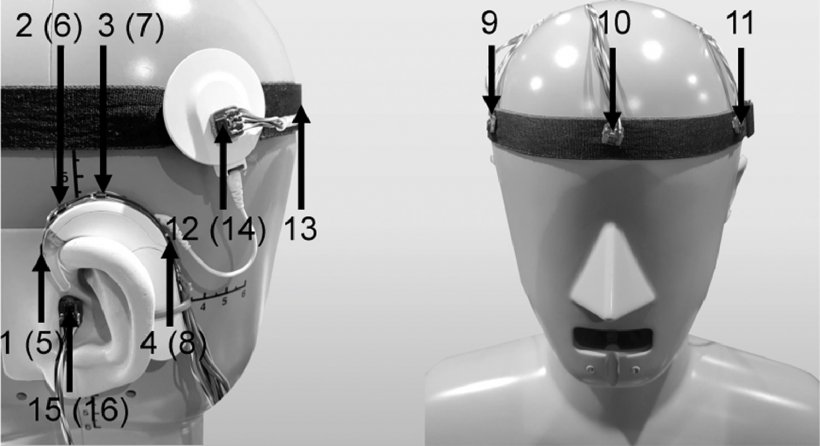News • Study on devices and implants
AI could improve speech recognition in hearing aids
In noisy environments, it is difficult for hearing aid or hearing implant users to understand their conversational partner because current audio processors still have difficulty focusing on specific sound sources. In a feasibility study, researchers from the Hearing Research Laboratory at the University of Bern and the Inselspital are now suggesting that artificial intelligence (AI) could solve this problem.

Image source: Unsplash/Jaee Kim
The study has been published in the journal Hearing Research.
Hearing aids or hearing implants are currently not very good at selectively filtering specific speech from many sound sources for the wearer – a natural ability of the human brain and sense of hearing known in audiology as the “cocktail party effect”. Accordingly, it is difficult for hearing aid users to follow a conversation in a noisy environment. Researchers at the Hearing Research Laboratory of the ARTORG Center, University of Bern, and Inselspital have now devised an unusual approach to improve hearing aids in this respect: virtual auxiliary microphones whose signals are calculated by an AI.

The more microphones are available and the more widely they are distributed, the better a hearing aid can focus on sound from a particular direction. Most hearing aids have two microphones close together due to lack of space. In the first part of the study, the Hearing Research Laboratory (HRL) determined that the optimal microphone location (for better focusing) is in the middle of the forehead – though this is a very impractical location. “We wanted to get around this problem by adding a virtual microphone to the audio processor using artificial intelligence,” said Tim Fischer, a postdoctoral researcher at HRL, explaining this unconventional approach.
For the study setup, ARTORG Center engineers used the “Bern Cocktail Party Dataset”, a collection of a variety of noise scenarios with multiple sound sources from multi-microphone recordings of hearing aid or cochlear implant users. Using 65 hours of audio recordings (more than 78,000 audio files), they trained a neural network to refine a commonly used directionality algorithm (beamformer). For improved speech understanding the deep learning approach calculated additional virtual microphone signals from the audio data mixture. 20 subjects tested the AI-enhanced hearing in a subjective hearing test accompanied by objective measurements. Particularly in cocktail party settings, the virtually sampled microphone signals significantly improved the speech quality. Hearing aid and cochlear implant users could therefore benefit from the presented approach, especially in noisy environments.

Image source: Fischer et al., Hearing Research 2021 (CC BY-NC-ND 4.0)
"I think that artificial intelligence represents an important contribution to the next generation of hearing prostheses, as it has great potential for improving speech understanding, especially in difficult listening situations," says Marco Caversaccio, Chief Physician and ENT Department Head. As auditory assistive technologies and implants are a major focus of research at the Inselspital, important data-based foundations are being laid here for further development that should bring the natural hearing experience closer. The novel approaches will directly benefit patients within the framework of translational studies.
Although within this study the virtually added microphones significantly improved the quality of speech understanding with hearing aids, further studies still need to overcome some technical hurdles before the methodology can be used in hearing aids or cochlear implant audio processors. This includes, for example, a stable functioning directional understanding even in reverberant environments.
Source: Inselspital, University Hospital Bern
01.07.2021










